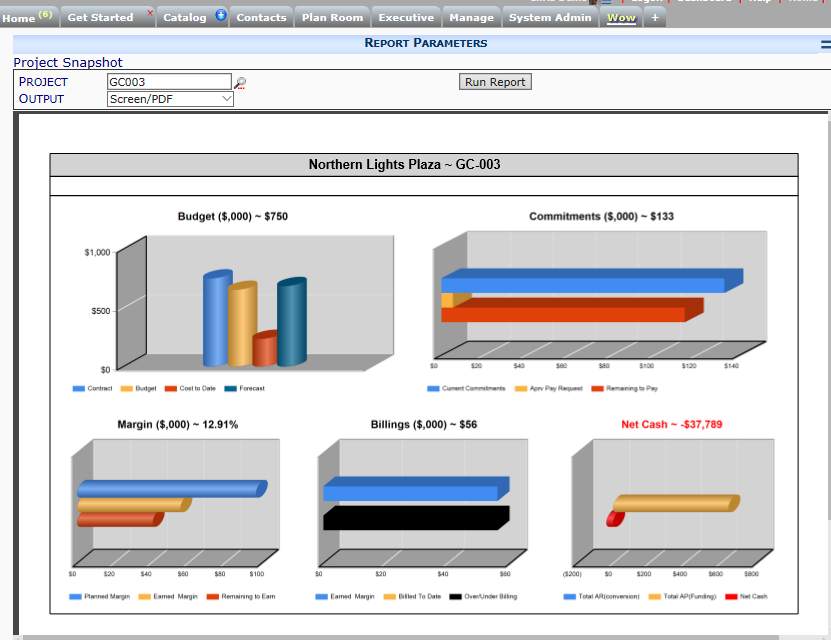
Recently, I sat through a product demo where the presenter filled most of the presentation time flipping from graph to graph to illustrate the power and flexibility of his product.
I must admit the presenter had put a great deal of thought into his storyboard and how to best show “what sells.” His delivery was crisp and polished.
He had me sold on a great graph presentation tool—but that wasn’t what I was really looking for.
Reflecting on his presentation the following day, I recalled a familiar saying from Business Marketing 101: Sell the Sizzle Not the Steak! or in other words “Your Customers Don’t Care!”
If you have been around anyone vaguely interested in marketing, you have probably heard the saying “Sell the Sizzle NOT the Steak.” Another form of this expression is “Sell the Benefits NOT the Features.” Or perhaps you have heard it put like this: “Sell People What They Want, NOT What They Need.”
Any way you say it, it all comes down to the simple fact that people “Buy on Emotion and Justify Their Purchases Using Facts.” As a small business owner, you have to work very hard at knowing when to sell the sizzle and when to sell the steak. Trust me, you are at a great disadvantage here. This really is where an outsider, such as someone who specializes in marketing, can be of great help to you. Someone who is not infected with the “we know what went into making this” virus.
Graphs and Charts are the Sizzle of the day, and they do Sell!
But according to Paolo Guadiano in Wired,
However, it is easy to overlook the fact that text still dominates online information exchange. The vast majority of activities we do online are still fundamentally based on reading text: social media, news, search, e-mail, product reviews and many others. It has been estimated that more than 80% of the activities we do online are text-based. While many of these online activities are enhanced by multimedia content, the bulk of the information still comes from text, and that’s unlikely ever to change.
In our world where we focus on managing actions and activities to ensure projects stay on time, on budget and remain profitable, it is the ever so boring text-based detail that drives success. Yes, in this context we focus on “The Steak.”
Pictures, charts and graphs are great. But they are simple windows into the details that tell the true story.
I suggest that “a picture (graph/chart) leads to a thousand questions.”
Pictures or Words?
The Best of Both Worlds—at a recent client webinar, we reviewed how the Spitfire Project Management System enables the user to add dashboards that present information in a format meaningful to the consumer. Pictures or Words? Your call.

In conclusion, it doesn’t really matter if you are a “Big Picture” or “Details” person. What does matter is that your Production Management and Cost Accounting solution can capture the facts and figures needed to convert boring data into functional information.
If you are searching the market for Project Management, Project Cost Accounting, and Financial Accounting in one integrated solution, contact us.
Tweet

Dennis,
I like the way to break this down and will take it to heart when discussing with customers and prospective customers. Graphic representations can help put data into context and make it easier to see patterns. However, at some point in time, the big picture must give way to the detail which is where the real meat is found.
Thanks for your insights!